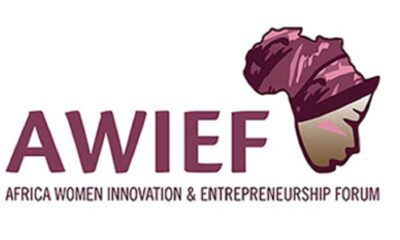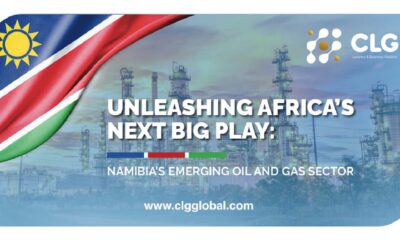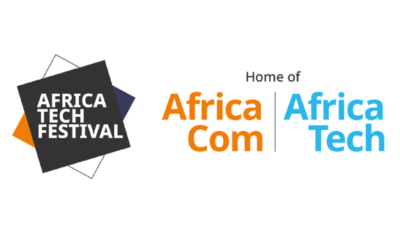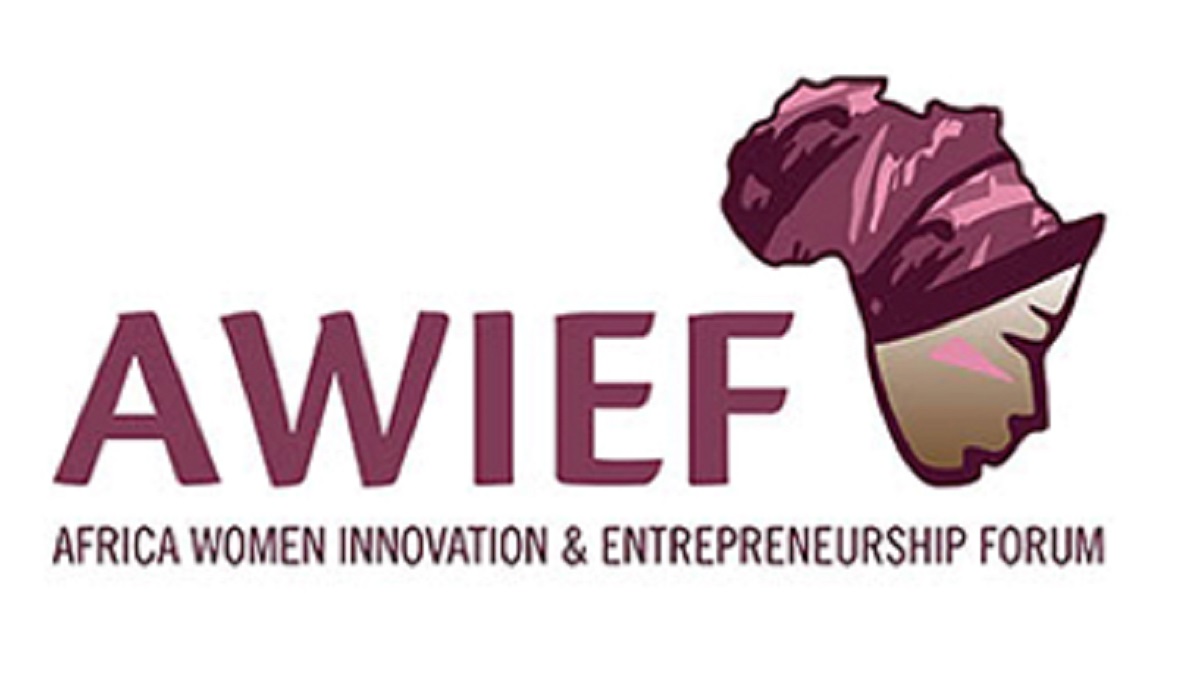New Eskom board chairman Mpho Makwana shared his views on the just transition, securing South Africa’s energy needs, and getting Eskom fired up again
CAPE TOWN, South Africa, October 6, 2022/APO Group/ —
New Eskom board chairman Mpho Makwana gave an interview on the side-lines of the Green Energy Africa Summit (GEAS) (https://GreenEnergyAfricaSummit.com/) in Cape Town. Speaking only days after the new Eskom board was appointed, he shared his views on the just transition, securing South Africa’s energy needs, and getting Eskom fired up again.
We are speaking on the side-lines of the Green Energy Africa Summit. What are your objectives in coming to the summit, and what is the importance of events like these?
The Green Energy Africa Summit, and similar energy events like Africa Oil Week, are important in terms of connecting the energy-producing economies of the continent with other participants in the global supply chain. Engaging at these events helps us find a common understanding of how to balance the notion of just access with the idea of a just transition. That’s the biggest challenge our continent faces.
It’s important to understand that we only have one planet that is inhabitable for human beings. We are duty bound to figure out how to change our actions to ensure it continues to be habitable for generations to come.
We equally face the challenge that most members of society live in poverty. What is the point of talking about a future green planet where most people will still be poor?
Just-transition mechanisms must be balanced with the idea of “just access”. We need to figure out how to take everybody along so that the poorest of the poor feel like they are a part of this green future in a meaningful way – in terms of jobs, and access to economic opportunities.
Another key insight from this event has been the need to do everything in moderation. We need to ensure we maintain balance, in the spirit of sustainable ESG practices. By way of example, many years ago, Israel looked into wave-power technology. It was a novel idea, but then it became clear that there were other environmental impacts.
Every new idea must be tested against its ESG impacts. Is it sustainable? Will it create new jobs? Will it keep the cost of producing electricity affordable? What it costs to turn a tonne of coal into electricity is already extremely high. As far as possible, we need to work to get Eskom back to the days when it was renowned for producing the cheapest electricity in the world.
There’s something we’ve missed. Because if you inflate the costs of a megawatt of electricity, you are exacerbating the problem of access to electricity. So, we must do everything in moderation as we pursue ESG principles and sustainability.
Events like these also improve Pan-African integration. Integration is improving in Africa, but it is not yet on the same level as Europe, where one can commute across the continent. That level of integration does something remarkable to culture. Your supply chains also begin to cross-pollinate. Events also have economic knock-on effects. The hospitality industry benefits, retail benefits, and it helps to build a sense of pan-African integration.
Finding the ideal energy mix has been a major theme at the Green Energy Africa Summit. What is the ideal energy mix for Eskom? South Africa is suffering major energy shortages and regular load-shedding. How do you see Eskom meeting our growing energy needs going forward?
Firstly, there’s a government programme and policy that Eskom has to implement. But as we implement that policy, we need to be practical in our pursuit of a healthy energy mix. We need to learn from the mistakes that other economies may have made. Spain, Germany, and a few other economies have learned some painful and perhaps valuable lessons. Spain tried decades ago to go totally solar. It almost bankrupted the country. Perhaps at the time, solar prices were still high. But it indicates that no single source of energy can give you absolute sustainability. Germany attempted to move to full wind power, and also learned some painful lessons. The difference between South Africa and Germany is that Germany’s neighbours have enough capacity to support their energy needs, and an integrated grid. South Africa is the only major producer in our region, and we do not have that luxury. We need to be responsible and careful in managing any transition to ensure that it’s sustainable.
Secondly, we need to remember the importance of “coal-based towns” and the economic value chains that they support. If we think of the town of Ogies in Mpumalanga, if we were to – overnight – remove that town’s role as a coal town, what would the people of that town be expected to do? This applies to 10 similar towns in the region that currently are central to the provision of electricity in South Africa.
The map of South Africa’s energy supply chain dates to the early centuries of industrialisation. Today, South Africa has various hubs of economic activity. We no longer have gold mines only in Gauteng. North West province has become a new mining hub. As a country, we need to figure out how to balance our grid in line with these new industrial developments.
This would have to evolve with time. We must consider that our country has made certain commitments to the rest of the world in terms of the Paris Agreement. But we also have significant coal reserves with low sulphur content.
You have just been appointed as Chairman of the new board at Eskom, South Africa’s state energy utility. It is a pivotal role, to say the least. What are your immediate priorities?
The immediate priority is to keep the lights on. We have to grapple with how to return the energy availability factor – the EAF – to healthy levels. Under normal conditions, the EAF is 86%. Currently, our EAF is much lower. The president has challenged the Eskom board to get back to 75%. That is a tall order given the state of the systems in the country.
As a country, we need to figure out how to balance our grid in line with these new industrial developments
The other priority is people. You have 40 000 people working at Eskom, who understand to varying degrees where all nuts and bolts fit together. We need to reignite a sense of self-worth in these people. People have been psychologically battered throughout this loadshedding challenge.
I recall back when we prepared for the 2010 FIFA World Cup when I was Eskom CEO and chair. I went from region to region, to excite Eskom employees to be great hosts to the world for the World Cup. This time around, the challenge is to reignite in Eskom employees a passion for serving their country and its economy.
Related to this is the idea of reigniting a sense of internal competitiveness between power stations. Power Station X can compete against Power Station Y to see who maintains the highest EAF levels. This would get us well on the way to maintaining healthy energy availability factors across our operations. It’s not spreadsheets or robotics that will turn Eskom around. It’s people. We need to rekindle their passion and energy.
Another priority is that we need to energise communities. The average power station is hosted by a community. We need to excite each community around meaningful energy production and encourage them to see their power station as part of the continuity of the supply environment, and an asset that supports their livelihoods. Nobody will come and cut transmission cables if the community sees it as an asset of its own, which is part of a national asset – our power station fleet.
What is your stance on the unbundling of generation, transmission and distribution?
For me, it’s about best practice. Let’s take a country like Sweden, for example, which has a dynamic energy system. It was among the first countries in the world to do this. The system employed there might also make sense in South Africa. The approach is to find energy sources in every region that suit the assets of that area. In South Africa, it might work by harnessing solar energy in the Northern Cape, and biomass energy in KwaZulu Natal, where we have a large sugar-cane industry. We could have provincial waste-management system that generates energy and supports environmental sustainability. The two major cities in KwaZulu Natal – Pietermaritzburg and Durban – could relieve the grid of 100-200MW. In each of the other provinces, the most suitable energy resources can be leveraged. Agricultural waste in the Free State. Wind power in the Eastern Cape, for example.
Sweden employs such a model, where each region employs the most suitable mechanism of generating energy. There, regions that have suitable watercourses have hydropower facilities. Transmission lines are owned separately, and the distribution mechanism is decentralised in line with those provincial dynamics.
Power generation is capital intensive. But the IPP model has shown us that if you define the terms of reference, investors will come. We need to be practical. You can’t have everybody depending on one entity. Certainly, you need this entity to provide baseload power for the country, but then other parties and regions should be able to top up that base load from their position of advantage. We need to appreciate that the existing grid was designed 100 years ago, and so the dynamics of the next 100 years are going to be different. Therefore, let’s balance those things.
How do you see us unlocking the contribution of IPPs in the green energy space, and integrating them into the grid?
There’s huge opportunity for households, and for office buildings to provide green energy back to the grid. There are also major innovations happening in the area of finance. South Africa’s major banks have all pioneered smart solutions that allow individuals and businesses to finance renewable-energy installations on their buildings in the same way one currently finances a home or a car.
This is a great example of being proactive to find solutions to our energy challenges. We all lament loadshedding but actually the solution is that if we all redirect our spending, we can create new jobs. If the average household puts rooftop solar in place using these new financing mechanisms, small businesses will be built on that.
This is one way we can reignite our economy. It won’t be huge, but it will make a difference. Each one of us should be asking ourselves what we can do to create opportunities for ourselves, or for small businesses.
In the days before democracy, we had street committees. We can use the same model to build neighbourhood micro-grids. If there’s an open piece of land in a neighbourhood, rather than rushing to occupy it with residential developments, let’s look at whether homeowners’ associations can team up to install a solar facility and set up a microgrid. Microgrids can be set up from the outset whenever a new estate development is built.
Each home would have rooftop solar, and communities can build their own microgrids. So there are many possibilities that we should all be leveraging, and not constantly pointing fingers. I think it’s time for us to start asking, “What can I do to solve the problem?”
How would opening up the grid to more green energy affect the Eskom business model?
Remember, there are Eskom power stations that are reaching the end of their lifespan. By expanding our grid and devolving energy opportunities, we can free up space for us to continue with that programme of mothballing our power stations, refurbishing them and then later recommissioning them. It will actually give us a breather, rather than causing trouble.
How are you enjoying your new role?
I am still at the very beginning of my journey as Eskom chairman. I’m still onboarding, and we have a long way ahead of us. We’re essentially settling in as a board. Maybe after the first quarter we will be able to comment further, but we certainly have an exciting journey ahead.
Green Energy Africa Summit 2022 runs from October 4-5 at the Cape Town International Conference Centre.
Distributed by APO Group on behalf of Green Energy Africa Summit.


 Business2 days ago
Business2 days ago
 Business2 days ago
Business2 days ago
 Business2 days ago
Business2 days ago
 Business2 days ago
Business2 days ago
 Business2 days ago
Business2 days ago
 Business4 days ago
Business4 days ago
 Business2 days ago
Business2 days ago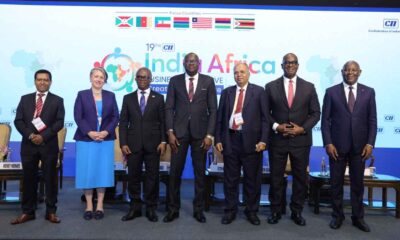
 Business2 days ago
Business2 days ago
